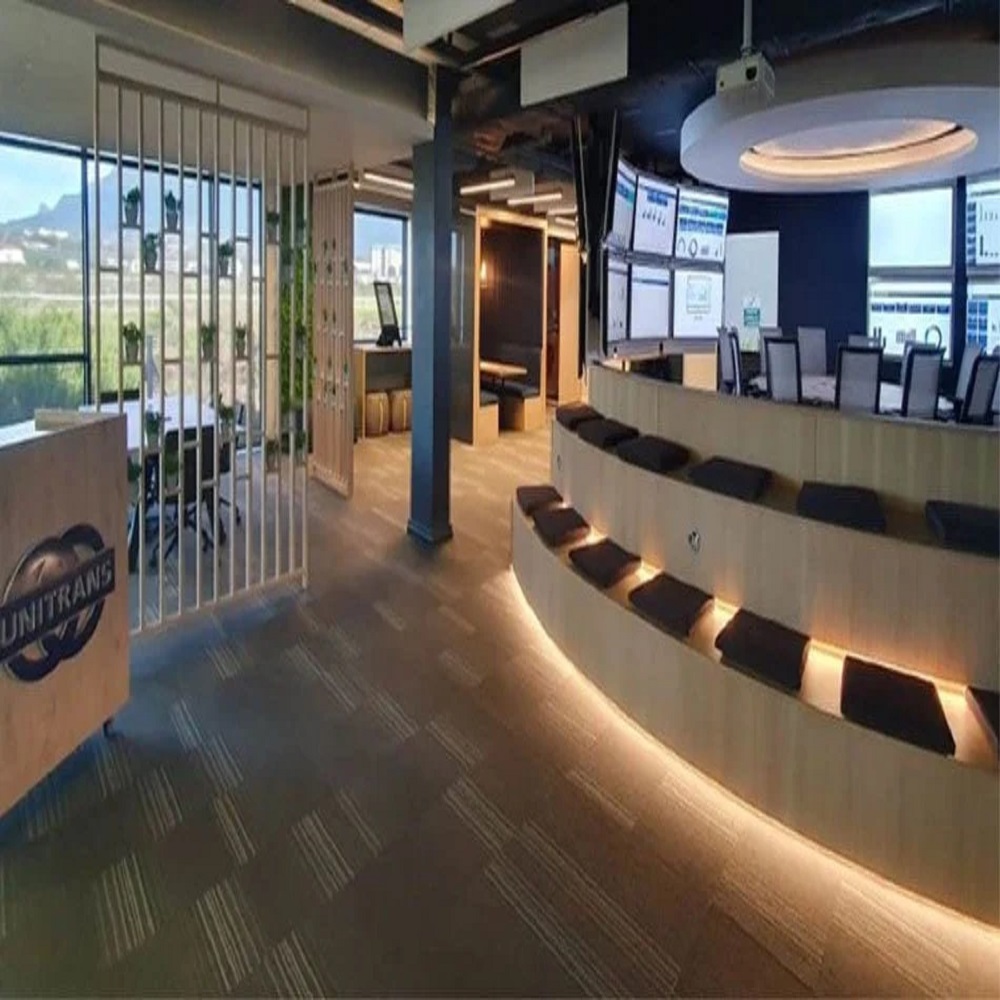Any logistics or freight company must prioritize operating cost efficiencies and safety, both for drivers and vehicles. Unitrans, a forward-thinking business committed to offering value-added supply chain solutions throughout the continent, raises the bar with the opening of its recently renovated Center of Excellence (COE).
According to Jacques Greeff, executive of solutions at Unitrans, "the launch of our upgraded COE marks a significant milestone for Unitrans and the industry as a whole." "We are thrilled to unveil this state-of-the-art facility that will drive value creation and operational excellence for our clients across Africa."
The "big data" that powers the current supply chain comes straight from fleet management systems, on-road trucks, and other sources. In order to give real-time solutions and information to all relevant agencies and drivers on the road, the COE gathers, analyzes, and uses this data. Examples of these include instant route adjustments to minimize traffic jams and similar situations.
Through the COE, Unitrans is able to handle massive amounts of data and turn it into useful business knowledge.
"Our focus is on empowering our clients with real-time insights and predictive analytics that drive informed decision-making and enhance overall operational performance," says Greeff. "Our data-driven approach and centralised platform are opening up new possibilities for supply chain optimisation and cost efficiency."
In order to give its clients the best outcomes possible, Unitrans is dedicated to creating personalized solutions. The business is dedicated to quality in areas other than data analytics and technology. With a plethora of experience and expertise, its team of industry professionals guarantees that clients obtain best-in-class solutions catered to their individual demands.
"We believe that the future of supply chain management lies in the integration of data-driven insights and advanced technology," Greeff continues. "Our COE is made to be revolutionary, giving our customers a competitive advantage in an industry that is changing quickly.
According to Greeff, the COE is an enabling tool that helps to maximize operations, reduce risks, and improve safety and security protocols—all of which eventually lead to higher supply chain efficiencies for our clients. Reduced standing times, increased overall vehicle economy, and fleet optimization are a few of the observable advantages of the COE. Although none of these ideas are novel, the Unitrans COE is the only one that strikes a unique balance between efficiency goals, sustainability objectives, and risk mitigation imperatives.
Forecasting with analytics
Using both real-time and historical data to predict future events is known as predictive analytics. Businesses may make wise judgments and successfully address operational difficulties by analyzing large-scale data sets to uncover patterns, trends, and possible dangers.
Predictive analytics has the ability to completely transform risk management procedures in the logistics industry by detecting any problems early on, lowering operational risks, and greatly increasing operational cost efficiency.
Transport and logistics firms may anticipate issues and improve their operations for sustainability, efficiency, and safety by continuously analyzing data on variables including weather, traffic patterns, equipment maintenance, and driver behavior.
Eventually, it's possible that the supply chain sector may eliminate operational risks entirely, as Greeff puts it, by combining cutting-edge predictive analytics tools with extensive data analysis.
This innovative strategy has the potential to revolutionize the way supply chain companies run, guaranteeing more efficient operations, improved safety requirements, and eventually a more dependable and sustainable supply chain environment.

Categories

Magazine Editions



















